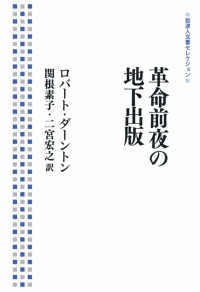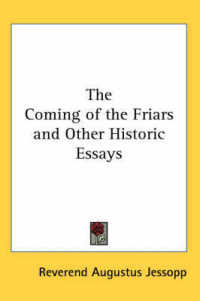Full Description
Originally dismissed as curiosities, J. S. Bach's Cello Suites are now understood as the pinnacle of composition for unaccompanied cello. This handbook examines how and why Bach composed these highly innovative works. It explains the characteristics of each of the dance types used in the suites and reveals the compositional methods that achieve cohesion within each suite. The author discusses the four manuscript copies of Bach's lost original and the valuable evidence they contain on how the Suites might be performed. He explores how, after around 1860, the Cello Suites gradually entered the concert hall, where they initially received a mixed critical and audience reception. The Catalan cellist Pablo Casals extensively popularized them through his concerts and recordings, setting the paradigm for several generations to follow. The Cello Suites now have a global resonance, influencing music from Benjamin Britten's Cello Suites to J-pop, and media from K-drama to Ingmar Bergman's films.
Contents
List of figures; List of examples; List of tables; Preface; Acknowledgements; 1. Contexts: Cöthen, French style, 'opus' collections and the cello; 2. Dance types, preludes and analytical perspectives; 3. The four manuscript copies; 4. Transmission, performance and reception, 1720-c. 1900; 5. Pablo Casals and the Cello Suites in the cultural imagination; Bibliography; Index.





![定量的統語分析法<br>Quantitative Syntax Analysis (Quantitative Linguistics [QL] 65) (2012. X, 224 S. 230 mm)](../images/goods/ar/work/imgdatak/31102/3110272199.jpg)


